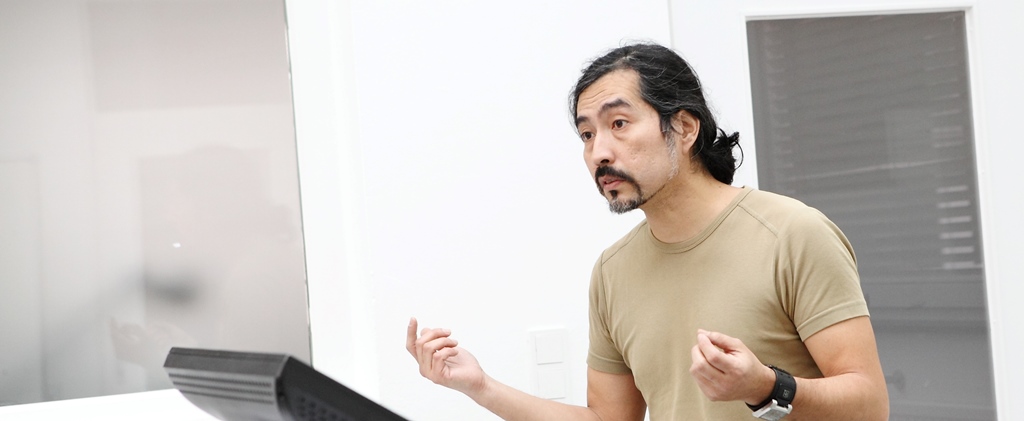Furtive, Quiet and Loud
Art and communication practices to deconstruct social codes in the realm of media activism
Postautonomous art
The Argentinian-Mexican theorist Nestor Garcia Canclini argues in his book „La sociedad sin relato“ (2011) that the crucial questions about the role of art cannot be resolved within the art circuit itself due to the interdependence of museums, auctions, and artists and major economic, political, and media players. García Canclini proposes artistic actions that dilute the boundary between art and life. However, he argues that these attempts usually end by reinforcing the difference and reaffirming the uniqueness of art works. The contemporary history of art would be “a paradoxical combination of behaviours to strengthen the independence of the art field and stubbornly trying to destroy the borders that demarcate it” (García Canclini 2011: 15). (*3)
(*3)
Neither introducing ignoble objects in the museum as Duchamp did, nor leaving the museum or emptying it, or creating intangible works, or omitting the author’s name, or causing censorship or blasphemy will lead to the vanishing of uniqueness. In modernism and postmodernism some ways of producing art works were considered subversive but they have now lost their incendiary character. Museum and white cube visitors have become used to these kinds of subversive actions inside the art field and even expect radical gestures, consuming them as just one more product in the global art market. Even world corporations have assimilated this modus operandi: there is a marketing strategy called “guerrilla marketing.” Artistic subversions and strategies of guerrilla communication have become a part of “The society of the spectacle” (Debord 1999). (*3) As a result, García Canclini suggests the term “post-autonomous art practices”:
(*3) As a result, García Canclini suggests the term “post-autonomous art practices”:
With this word I refer to the process of last decades in which displacements from artistic practices based on objects to practices based on contexts have increased, up to managing inserting the works in mass media, urban spaces, digital networks and forms of social participation, where the aesthetic difference seems to disappear. Many works are still shown in museums and biennials, they are still signed by artists and some of them win art prizes, but prizes, museums and biennial, share the diffusion and the consecration with fashion magazines and television. The unique signature, the author’s notion, remains sub-plunged in advertising campaigns, mass media and not artistic groups (García Canclini 2011: 17). (*4)
(*4)
Canclini’s idea of “post-autonomy” does not deny the traditional concept of art, nor does it replace the wish for autonomy that many artists and curators still desire, although the relatively new post-autonomous character is a rising and unstoppable phenomenon. Art is no longer an “uncontaminated” field in which only artists, galleries, museums, and curators play. We can see how they interact with different publics and look for a dialogue with heterogeneous cultures. On the other hand, this post-autonomous condition has intensified in recent years with social networking and the possibility to make online exhibitions and have access to what is done in the great museums, and also in alternative networks that bypass official art institutions. Consequently, this is creating a new dynamics and new forms of innovation and articulation among people from different areas and professions: sociologists and writers have become art curators, artists work in scientific research, people without art education have become performance artists by making interventions in public space, young internet users create films for Youtube and Vimeo, etc.
García Canclini’s reflections are important for my own projects as they give me the decisive impulse to develop projects that make use of the visual language of mass media and at the same time, critically reflect and challenge its dynamics as already proposed by guerrilla communicators. The key questions for my projects are the following:
How can I produce critical artistic reflections in times of visual over-exposition? How can I apply strategies to transgress symbolic orders without being re-assimilated by the art market (or at least not so easily)? How can I thematize racism and sexism from my social position as an artist, a man, and an immigrant living in Europe? How is it possible to successfully interact with a public that does not focus specifically on contemporary art?
In what follows I will describe my projects “Österreichische Nachrichten” (“Austrian News”) and “Männer” (“Men”).
Hansel Sato ( 2014): Furtive, Quiet and Loud. Art and communication practices to deconstruct social codes in the realm of media activism. In: p/art/icipate – Kultur aktiv gestalten # 04 , https://www.p-art-icipate.net/furtive-quiet-and-loud/



 Artikel drucken
Artikel drucken